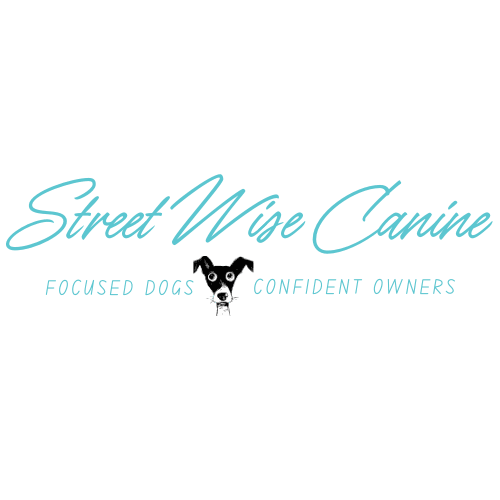Trade-Up Method for Stopping Resource Guarding: Navigating Resource Guarding Without Confrontation
Trade-Up Method for Stopping Resource Guarding: Navigating Resource Guarding Without Confrontation
The trade-up method is a way to help dogs who get protective over things like toys, food, or bones. It’s all about teaching them that giving up something they’re holding onto can lead to something even better! But, for this method to really work, you need to be patient and build it up step-by-step. Here’s why this approach relies on lots of practice and gradual progress:

Repetition is Key to Building Trust
Dogs that guard their stuff do it because they’re worried about losing it. They don’t trust that they’ll get something just as good, or better, in return. This is where repetition comes in. You have to repeat the trading game over and over to show your dog, “Hey, if you give me that, I’ll give you something awesome!”
The more you practice, the more your dog will start to see that every time they let go of something, they get rewarded. This is like building trust—if they have enough good experiences, they’ll learn that trading is actually a win for them, not a loss.
Start Small and Build Up Slowly
You wouldn’t jump into the deep end of a pool if you’ve never swum before, right? The same goes for your dog when learning the trade-up method. Start with low-value items—things they don’t care much about, like a toy they’re only kind of interested in. This way, they learn the trading game when the stakes aren’t so high.
As your dog gets comfortable with this, you slowly move up to more valuable items, like a favorite toy or a chewy bone. If you skip straight to the high-value stuff without laying the groundwork, your dog might think, “Whoa, you’re trying to take my most prized possession!” and they might get defensive or even bite!
Building up gradually helps your dog learn to stay calm and trust the process, so when you do get to those high-value items, they already know the drill: trading is safe and worth it.
Why Rushing Can Lead to a Bite
If you haven’t done the groundwork and you try to trade a piece of food for something really important to your dog, they might react with a bite. Here’s why:
They Don’t Trust the Trade Yet: Without enough practice, your dog hasn’t learned that trading is a good thing. They might think you’re just trying to take their stuff away and get protective.
It’s Too Much, Too Soon: If you go straight to trying to trade for something your dog loves without starting small, they’re more likely to think they need to defend it. It’s like a high-stakes game for them, and they might react by snapping.
They Don’t Get the Game: If you haven’t taught them how trading works, your dog might not understand what you’re trying to do. If they see you reaching for their stuff, they could feel threatened and react with a bite because they’re unsure of your intentions.
What to Do If Your Dog Grabs Something They Shouldn’t
If your dog picks up something they shouldn’t have and you haven’t put in the reps with the trade-up method yet, take a moment to think before acting. Ask yourself:
•Are they going to die if they eat what they have?
•Am I going to die if they eat what they have?
•Is it worth a couple of stitches to try and take away what they have?
•Can I not just walk away and pick it up later when the dog loses interest in it?
Sometimes, the best choice is to avoid a confrontation and let your dog be. If what they’ve got isn’t dangerous and isn’t worth a potential bite, it’s often safer to just walk away. When they lose interest, you can quietly remove the item.
Bottom Line
The trade-up method is all about teaching your dog that giving up something valuable leads to even better rewards. It takes patience, lots of practice, and a slow build-up from things they don’t care much about to things they really love. If you skip these steps and go straight to trading for their favorite stuff, you could end up with a dog that’s confused or feels threatened—and that’s when bites can happen. So, take it slow, make it fun, and build up that trust step-by-step. And if you’re not there yet with the training, sometimes it’s best to just let it go and come back when the coast is clear!
Cher Wood
Street Wise Canine
Training Dogs Online
